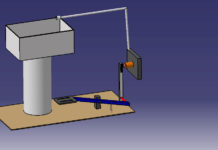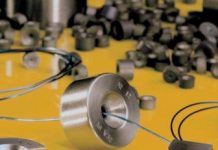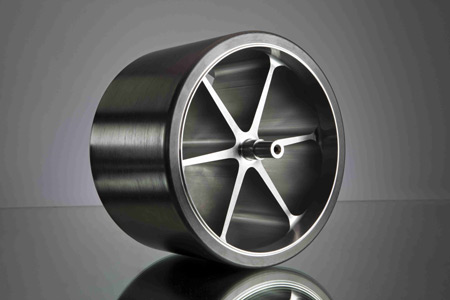CONVECTION
Heat transfer by convection is used to move heat from one location to another by means of currents set up in a fluid
medium. The most common fluid mediums in the heating and air-conditioning trades are air and water. Many large buildings have a central heating plant that heats water and pumps it throughout the building to the spaces to be heated. Notice the similarity of the words convection and convey (“to carry from one place to another”). Convection can be classified as either forced or natural.
A gas-fired furnace is an example of forced convection. Room air is drawn into the return of the furnace by the blower. It then passes over the furnace heat exchanger, which exchanges heat to the air from a gas flame. The air is then forced into the duct work and distributed to the various rooms in the structure. Figure 1.10 shows this process in which 70°F room air is entering the furnace; 130°F air is leaving; and the blower is creating the pressure difference to force the air into the various rooms. The blower provides the forced convection.
Another example of heat transfer by convection occurs when heated air rises naturally. This is referred to as natural convection. When air is heated, it expands, and the warmer air becomes less dense or lighter than the surrounding unheated air. This principle is applied in many ways in the air-conditioning industry. Sections of baseboard heaters are an example. When the air near the floor is heated, it expands and rises. This heated air is replaced by cooler air around the heater, which sets up a natural convection current in the room, Figure 1.


Copied from REFRIGERATION & AIR CONDITIONING TECHNOLOGY by WILLIAM C. WHITMAN, WILLIAM M. JOHNSON, JOHN A. TOMCZYK and EUGENE SILBERSTEIN












